Hustlers
Posted on September 12, 2019 at 5:57 pm
B +| Lowest Recommended Age: | Mature High Schooler |
| MPAA Rating: | Rated R for pervasive sexual material, drug content, language and nudity |
| Profanity: | Very strong language |
| Alcohol/ Drugs: | Drinking and drugs |
| Violence/ Scariness: | Some peril and scuffles, very risky behavior |
| Diversity Issues: | Gender issues |
| Date Released to Theaters: | September 13, 2019 |
| Date Released to DVD: | December 9, 2019 |
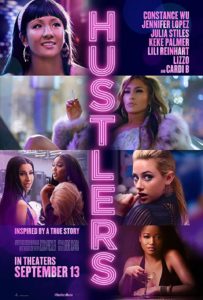
Talented writer/director Lorene Scafaria (“Nick and Norah’s Infinite Playlist,” “The Meddler,” “Seeking a Friend for the End of the World”) has made an honest but warmly sympathetic look at the real-life story of small-time crooks who decided to design their own form of retributive justice and also steal some money. “Hustlers” is more about their friendship than their crimes, and she tells the story of women who are objectified as a job without letting us objectify them, which is not easy but which is very important.
That begins with a superb cast: producer Jennifer Lopez as Ramona, the maternal ringleader, “Crazy Rich Asians” star Constance Wu as Destiny, the vulnerable newcomer, “Riverdale’s” Lili Reinhart as Annabelle, the soft-hearted girl with the weak stomach, and Keke Palmer as Mercedes, who is practical except about her boyfriend. The supporting cast includes breakthrough singer Lizzo and stripper-turned-pop-phenomenon Cardi B. Julia Stiles plays the reporter who is interviewing Ramona and Destiny five years later.
At the club, the strippers must pretend to be fascinated by men who want them to be obedient fantasy figures, and they must pretend not to mind when the men who run the club insist on kickbacks. Their job is to get the men to spend as much money as possible, for drinks and for special services in the private rooms.
Destiny, who is caring for the grandmother who took her in when she was abandoned by her mother, asks Ramona for advice on how to be more successful in the club. Ramona takes her in — literally. In a sweet scene on the roof of the club, the kind-hearted veteran invites the shivering newcomer to snuggle inside her fur coat. After a few lessons on pole dancing and lap dancing, Destiny begins to do better, and she is happy with the new sisterhood that feels like a family. It is the go-go hears of the derivatives era on Wall Street, and there is a lot of money to be made from the finance types that the women shrewdly categorize by net worth and vulnerability.
After the financial meltdown, though, things get tough. By then, Destiny has a baby, and with no education or experience, her options are limited. And so, it seems smart, not wrong, to go just one tiny extra step over the line to get money from men who got away with so much more. And so, they start slipping a sprinkle of MDMA and ketamine into their drinks, then running up charges on their credit cards. Pretty soon, they decide, in Marxian terms, to own the means of production and stop giving so much of the take to the club. As Annie Lennox and Aretha Franklin sang, the sisters were doin’ it for themselves. A very merry Christmas at Ramona’s apartment features luxury goods under the tree and the makeshift family as grateful and loving as any Hallmark movie finale, if Hallmark movies featured chinchilla coats and red-soled Louboutin stilettos.
Like any successful small business, the women face the challenge of scalability. They want more, so they bring in newcomers who create risk. All good things must come to an end, and usually that applies to bad things as well.
Scafaria gives us some glitz and glitter and thumping music to entice by (Lopez does a remarkable pole dance). But Scafaria wisely adds some classical themes to the score when the ladies are outside of the club, literally underscoring the bigger picture of this story. The focus here is on the characters and their relationships, doing their best to take care of their families, both the ones by birth and the ones by choice, and it is hard not to feel ourselves a part of their family by the joy in that once last dance.
Parents should know that this film includes male and female nudity and sexual situations, strippers, drinking and drug use, strong language, and some peril and violence.
Family discussion: What surprised you about these characters? How did they create the families they wished they had?
If you like this, try: “The Big Short” and the New York Magazine story about the real-life case that inspired this film


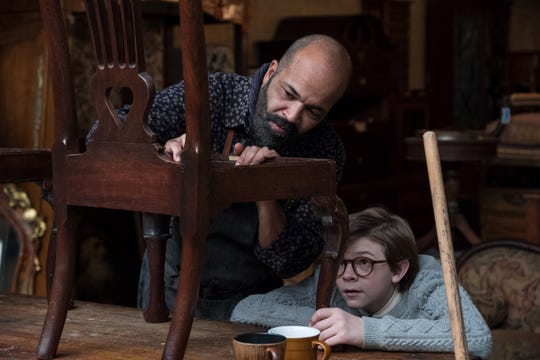

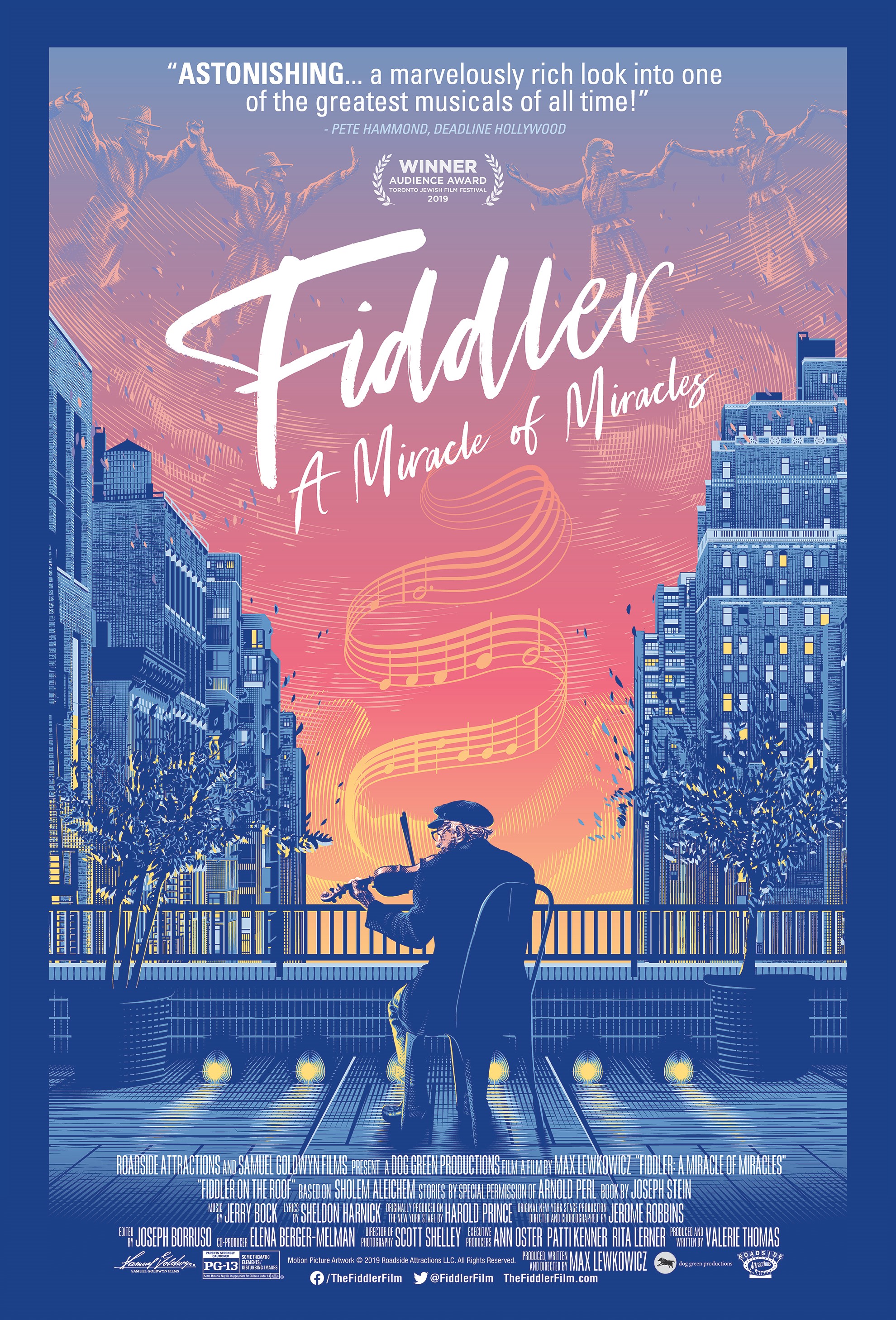
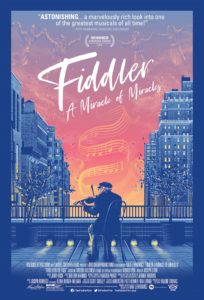 “Fiddler on the Roof” opened on Broadway in 1964 and every single day in the over half a century since then it has been performed somewhere. Even more impressive, it has been performed pretty much everywhere, and is currently back in New York with an off-Broadway all-Yiddish version directed by Joel Gray. In this engaging new documentary about the history and continuing cultural vitality of the musical based on the stories of Yiddish author Sholom Aleichem about the families in a Russian Jewish shtetl, we see productions in Japan, Thailand, and in a student production with an all-black and Latinx cast. We see Puerto Rican “Hamilton” creator Lin-Manuel Miranda singing “To Life” to his Dominican/Austrian-American bride at their reception, in a YouTube video with over 6.5 million views.
“Fiddler on the Roof” opened on Broadway in 1964 and every single day in the over half a century since then it has been performed somewhere. Even more impressive, it has been performed pretty much everywhere, and is currently back in New York with an off-Broadway all-Yiddish version directed by Joel Gray. In this engaging new documentary about the history and continuing cultural vitality of the musical based on the stories of Yiddish author Sholom Aleichem about the families in a Russian Jewish shtetl, we see productions in Japan, Thailand, and in a student production with an all-black and Latinx cast. We see Puerto Rican “Hamilton” creator Lin-Manuel Miranda singing “To Life” to his Dominican/Austrian-American bride at their reception, in a YouTube video with over 6.5 million views.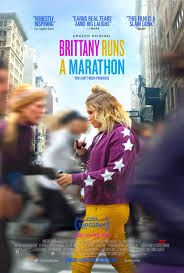
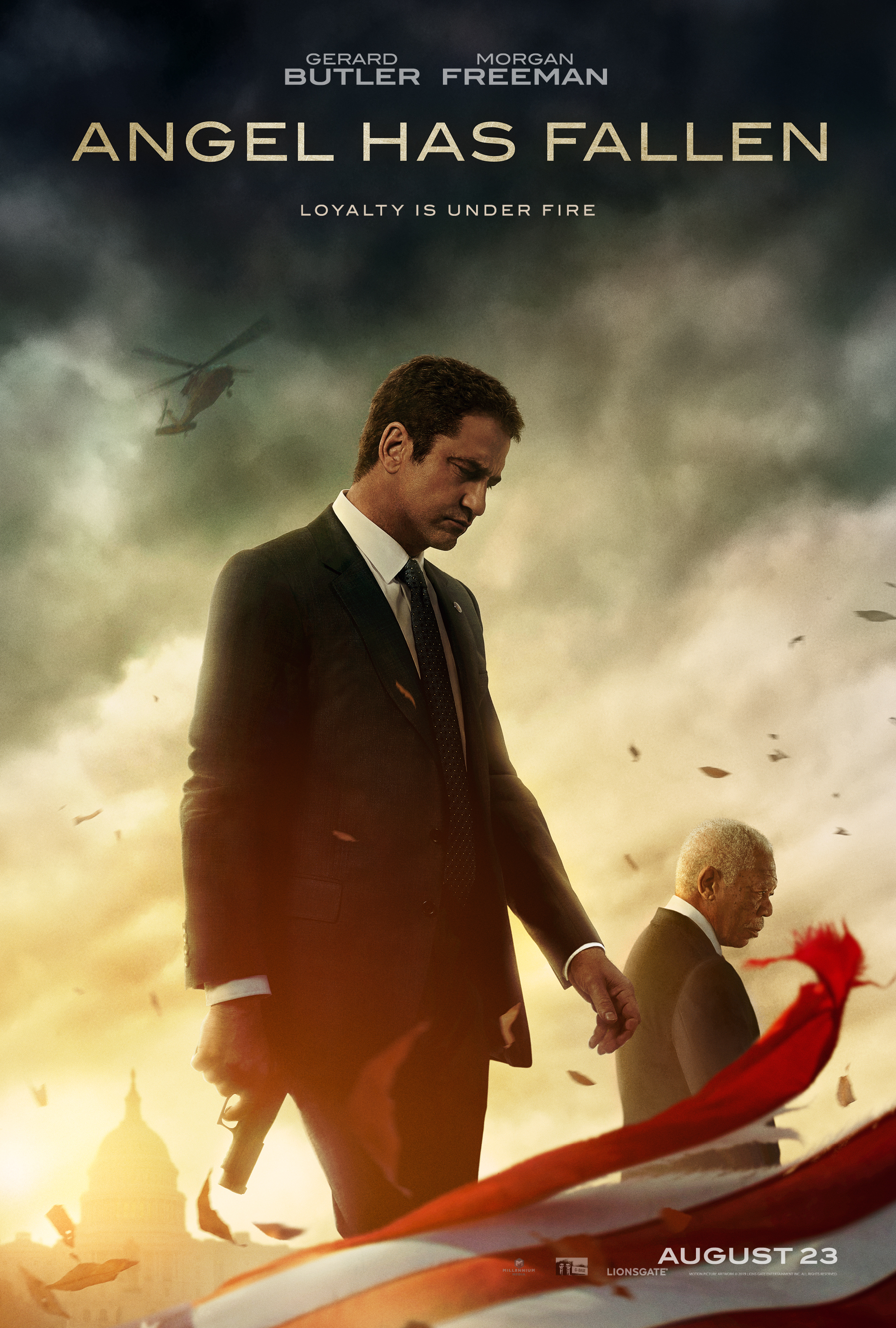
 To recap: first the White House was attacked. Not
To recap: first the White House was attacked. Not